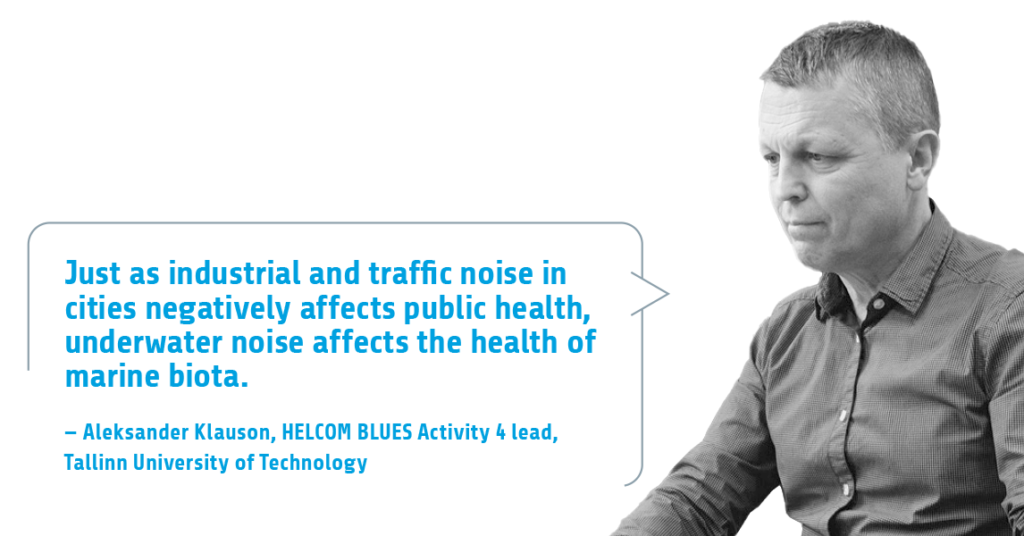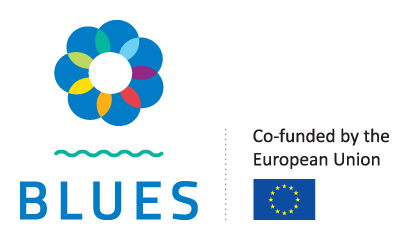
Aleksander Klauson leads Activity 4 on underwater noise. He is a professor at the Tallinn University of Technology where he also heads the research group on underwater acoustics. He is also a member of the HELCOM Expert Network on Underwater Noise (EN-Noise) and the EU Technical Group on Underwater Noise (TG-Noise).
What is Activity 4 on underwater noise all about? What main challenges does it try to solve?
Aleksander Klauson: Anthropogenic underwater noise is a by-product of human activities at sea such as marine traffic or offshore construction. Just as industrial and traffic noise in cities negatively affects public health, underwater noise affects the health of marine biota. In contrast to other pollutants, underwater noise is highly dynamic which makes it difficult to assess its negative effects on the habitats.
What are the planned outcomes of this activity?
A large amount of scientific data has been collected that will help to assess risks posed by underwater noise and propose effective measures to reduce the impact of human generated noise pollution to the marine environment. The expected outcome of the project is the mapping of underwater noise and quantification of risks related to underwater anthropogenic noise in the Baltic Sea.
What will be the benefits?
The results of the project will serve as a baseline to the follow-up monitoring and abatement of anthropogenic noise in the marine areas subject to intense human activities. TalTech is proud to contribute to the protection of the marine environment of the Baltic Sea and will certainly profit from deepening its experience in ocean acoustics.
